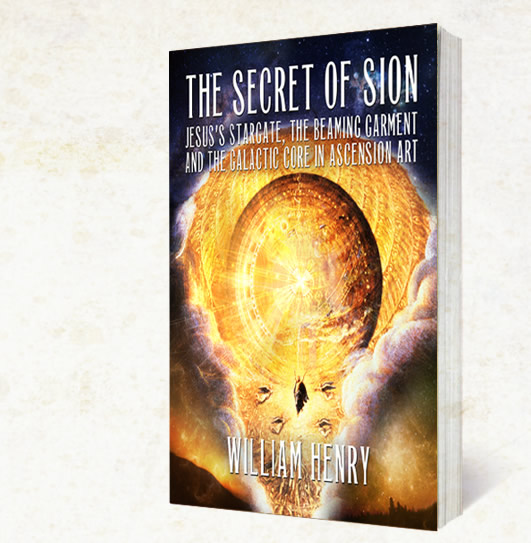
I have been listening to Corteo by Cirque Du Soleil since junior year of high school. During the car ride home from the Cape I have thought up an awesome story line that goes with the music as well as being an animated film.
(this is mostly completely made up)
My story takes place in 16th/17th century Italy. Italy was overthrown by the french monarchy after the Thirty Year’s War. The Royal Italian family was banished to the streets leaving its heritage to die. One by one the heirs of the family died from poverty. The youngest Princess, Loreena was left to fend for herself. Her family had separated and she was determined to find who was still alive. Eventually she finds a street rat by the name of Guido who is in trouble with the French-Italian monarchy for stealing his work in Apothecarism and Western Alchemy from the Royal Library. Loreena finds out that Guido is her brother and a heir to the throne. Guido is eventually caught and is given the death penalty. The French-Italian monarchy wanted to work with the Vatican and burn all ancient wisdom teachings from human consciousness since they aimed to revolutionize the Western World with a world view that is validated by science rather than by religion or tradition. In order for Italy to survive, the Royal Italian family must gain back their claim to the throne. Loreena finds out that Guido is dead and steals the knowledge again from the Royal Library, she eventually escapes from the Monarchy and is determined to find an Apothecarist to help her save the Royal Italian Family. She eventually finds herself in 17th century Moravia and is kidnapped by a middle-eastern man named Abdur-Rahman. Loreena tells Rahman her story and asks he she could help her. After a few days of studying the knowledge Loreena carried with her to Moravia, Rahman learns that there’s enough knowledge to build a time machine that will transport Loreena back a few months before Guido convinces himself to steal the knowledge. Loreena must be convincing so Guido will believe her that he is the heir to the Royal Italian Family throne. However, Gold is expensive, but the ingredients from the alchemical transmutation process from are not but rare. Being poor herself, Loreena almost gives up but Abdur-Rahman offers Loreena an unthinkable idea. For payment, Loreena will give Rahman, her first born to be his own personal heir of Abdur-Rahman’s work and family lineage. Not only her first born, but her virginity as well. Loreena eventually agrees. Years later Rahman successfully builds the time machine and during this time the French-Italian Monarchy has ordered a pure italian blood genocide. The night the genocide was called, Rahman and Loreena have sex. The next day, Rahman and Loreena have sex again, and that night Loreena leaves. She successfully is transported back to the night Guido convinces himself to steal his knowledge from the Royal Library. She saves Guido from death and tells him that he must gather an army and take back the Royal Italian throne. Loreena returns to the night of the ordered genocide and instead of being a genocide it is a war to take back the italian throne, lead by Guido himself. By changing history, she found that she had never stolen the knowledge and travelled to Moravia and she never had made that deal with Abdur-Rahman. Somehow Rahman, found her and he remembered the deal. Angry, with her and her clever plan, he kidnapped her again and raped her to make sure she got pregnant. Guido, now a general, found Abdur-Rahman and sentenced him to death. Italy won the war and became its’ own nation once again.
 I’ve been reading a few books lately. I’m still working on David Wilcock’s The Source Field Investigations but I recently had a burning desire to read
I’ve been reading a few books lately. I’m still working on David Wilcock’s The Source Field Investigations but I recently had a burning desire to read 